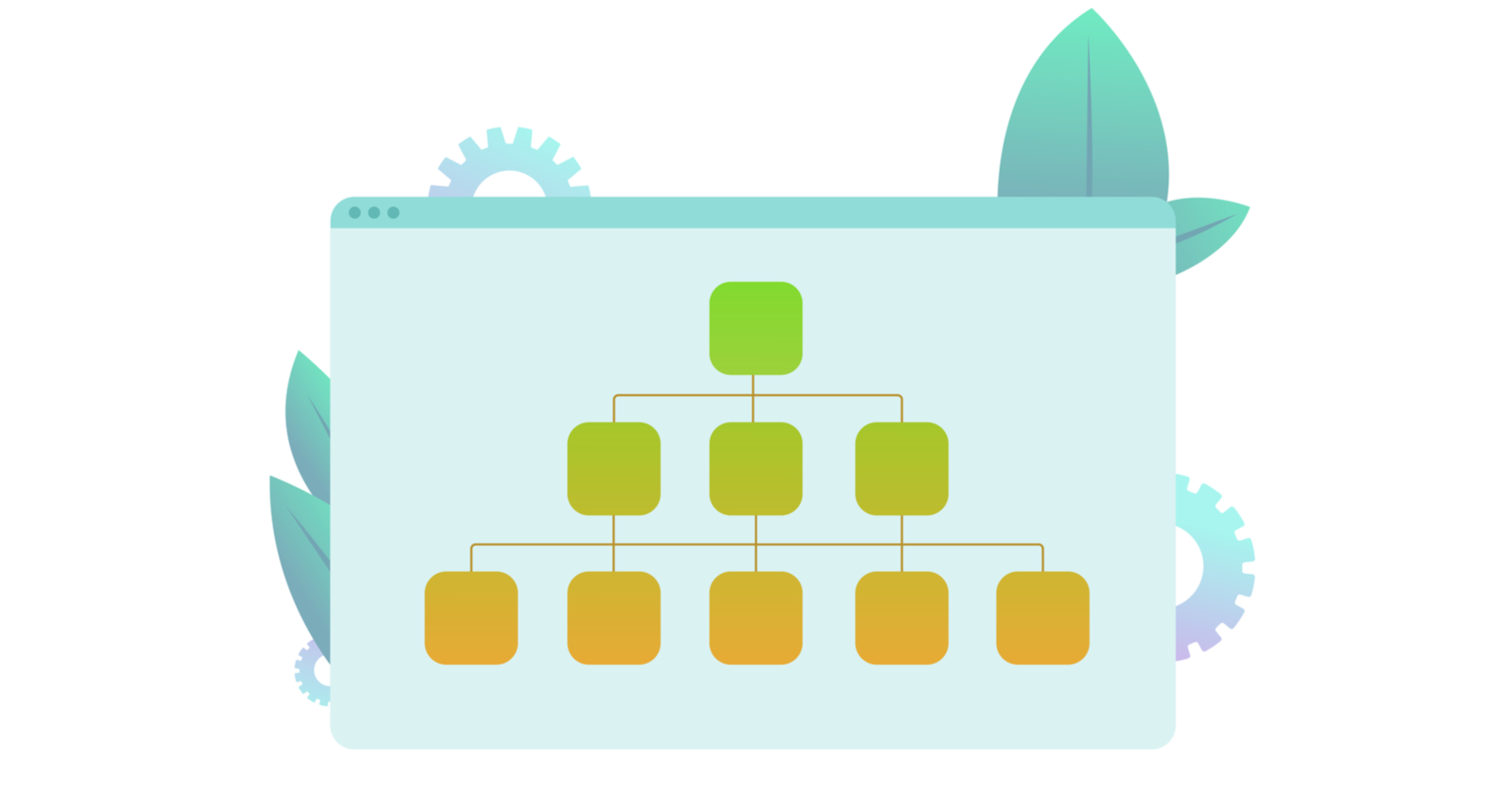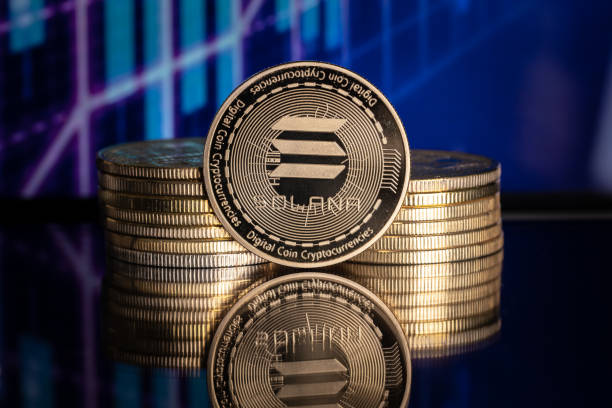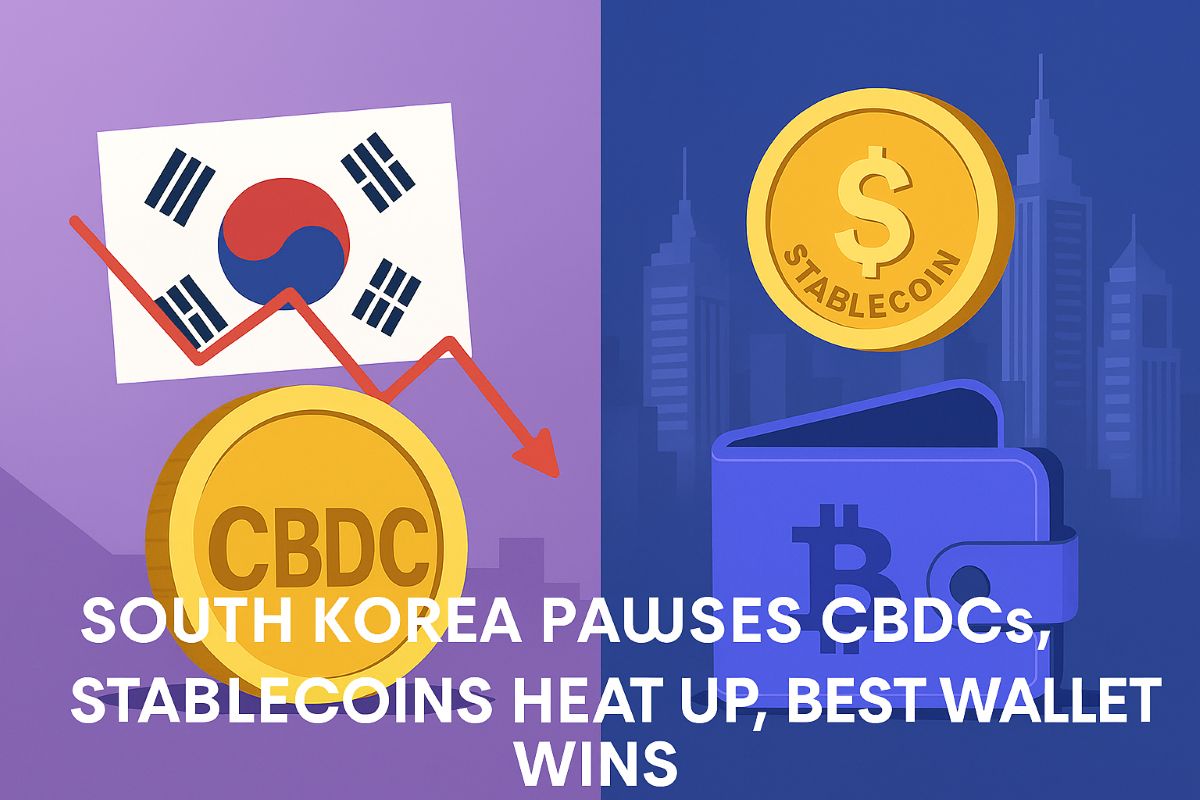How Important are Backlinks in 2024?
Do backlinks still matter? This is one of the most contentious topics in the SEO universe, wherein even the top experts in the industry have different opinions. Both sides have reasons to believe that backlinks matter and don’t. The...


Do backlinks still matter? This is one of the most contentious topics in the SEO universe, wherein even the top experts in the industry have different opinions.
Both sides have reasons to believe that backlinks matter and don’t. The prime reason for such confusion is Google’s secrecy regarding the ranking factors.
However, until the mid-last decade, all SEOs believed that backlinks had a pivotal role in ranking websites on Google, regardless of which faction they are currently in.
Since then, Google’s executives have repeatedly tried to pooh-pooh the idea of building backlinks, but there are takers for this.
Additionally, Google has launched a series of new ranking signals based on Natural Language Processing (NLP), such as BERT, MUM and LaMDA, that have prioritized content uniqueness and quality.
It’s natural that a faction of SEOs now think links don’t work as effectively as they used to at the beginning of the last decade.
Still, the question remains, “Will Google eliminate a key ranking signal that was the cornerstone of the PageRank algorithm, which transformed a university research project into the search behemoth we see today?”
I’ll try to corroborate the ideas of both factions with data from recent Google API leaks that show backlinks in a positive light rather than a negative one.
Understanding Backlinks
Backlinks are links from one website to another. 😏
You have heard this typical definition of backlinks several times, right? But you came here not for that, so let me give you an example.
During the U.S. presidential election, candidates often seek endorsements from influential figures, such as former presidents, senators, or major organizations.
These endorsements act as a vote of confidence and can significantly impact the candidate’s credibility and public perception, right? This is exactly what backlinks do in terms of SEO.
In the SEO world, this is similar to a high-authority website (like a government or educational site) linking to another webpage within the same niche.
Search engines see this link as a strong vote of confidence, boosting your page’s authority and ranking.
Now that you understand how some backlinks can help get higher rankings let me tell you how some can get your website into trouble. Again, with an example:
Imagine if Candidate B receives endorsements from sources unrelated to politics or governance, such as obscure foreign websites, random personal blogs, or mafia kings.
These endorsements might seem out of place and could even raise suspicion about the candidate’s credibility, right?
In SEO terms, this would be like acquiring backlinks from unrelated, possibly low-quality or spammy websites.
Such toxic backlinks can be seen as manipulative and may harm the site’s ranking rather than help it.
By all means, you should avoid such backlinks, as the search engines will penalize them for spam tactics.
Historical Imporance of Backlinks in SEO
In the early days of the internet, when search engines like Yahoo and AltaVista dominated, many websites employed manipulative tactics to achieve high search rankings.

One prevalent method was keyword stuffing, where pages were overloaded with repetitive keywords, leading to a poor user experience.
These sites often contained low-quality or duplicate content, providing little to no value to visitors.
Moreover, many pages were cluttered with advertisements, particularly for products like Viagra and payday loans, which further detracted from the user experience.
Users frequently found themselves on pages optimized for search engines rather than for meaningful content. This often meant navigating through ad-heavy, keyword-stuffed pages lacking in valuable information.
Google was built around the same ideals that Yahoo and AltaVista followed, but it had a USP of its own—the PageRank algorithm.
Google’s PageRank algorithm emphasizes identifying pages with quality and relevant content. PageRank revolves around the idea that a page with great content can attract more links.

Here’s a simple breakdown of how it works:
1. Links as Votes: While other search engines’ algorithms focus exclusively on content, PageRank treats links from one page to another as votes of endorsement. However, not all votes are equal. Pages that are themselves important (i.e., have high PageRank) have more weight to their votes.
2. Quality over Quantity: A page linked to many pages with high PageRank receives a high rank. Thus, a single link from a high-quality site (like a major news outlet or a highly respected blog) can be more valuable than many low-quality sites.
3. Iterative Calculation: PageRank is calculated through an iterative process. Initially, each page is given an equal rank. Then, the rank is distributed among the pages based on the links. This process repeats until the ranks stabilize.
4. Damping Factor: To account for the likelihood that a user might randomly jump to another page rather than following links, PageRank uses a damping factor, typically set at 0.85. This means there’s a 15% chance that a user might directly navigate to any random page rather than clicking through links.
Technical Explanation of PageRank
Imagine three web pages: A, B, and C.
Page A links to Page B. Page B links to Page C. Page C links to both Page A and Page B.Initial Setup:
Each page starts with an equal rank, say 1.0.
Iterative Process:
Iteration 1: Calculate the new rank for each page based on the links: Page A receives a fraction of Page C’s rank. Page B receives a fraction of Page A’s rank and Page C’s rank. Page C receives a fraction of Page B’s rank. Iteration 2: Recalculate the ranks using the updated values from Iteration 1. Repeat this process until the ranks stabilize.Damping Factor:
During each iteration, apply the damping factor:
New rank of Page A = 0.15 + 0.85 * (fraction of Page C’s rank). New rank of Page B = 0.15 + 0.85 * (fraction of Page A’s rank + fraction of Page C’s rank). New rank of Page C = 0.15 + 0.85 * (fraction of Page B’s rank).Though there are debates about the exact weight Google assigns to backlinks as an overall ranking factor, the fundamental concept of how “link juice” is passed remains consistent.
Google may have updated the quality metrics within PageRank so that the algorithm can better sense site credibility by giving more weight to high-quality, relevant backlinks while penalizing manipulative link-building practices.
In a nutshell, the PageRank Algorithm now considers the quality of links more than the number of links a website has before ranking it on search engine results pages.
The Current State of Backlinks
If you check Google’s recent algorithm updates, the most recent being the Site Reputation Abuse update launched in May 2024, there has been a clear effort to crack down on strategies that exploit loopholes within PageRank.
This ongoing process reflects a continuous cat-and-mouse game that SEOs have observed since the Penguin update, which deindexed millions of websites involved in link farms and private blog networks (PBNs) almost overnight.

Many predicted the demise of link-building as an effective ranking strategy back then. However, a decade later, link-building remains a central topic in SEO discussions.
This persistence indicates that high-quality backlinks still significantly influence Google’s ranking algorithm, and successful link-building strategies continue to gain traction and improve site rankings.
While I agree that signals to evaluate the quality of links have evolved over time, with a greater focus on the quality and relevance of backlinks rather than their quantity, I disagree with the Google executives who denounce links as a thing of the past.
There are multiple reasons for my disagreement. Firstly, I have witnessed in Stan Ventures, websites at the rock bottom of the rankings move up the Google ladder with the support of quality backlinks.
This is not a one-off incident; at Stan Ventures, we have seen this happen for hundreds of clients who were struggling to get visibility despite having great content.
Quality backlinks have consistently proven to be a crucial factor in improving their rankings and gaining initial traction.
More Proof of Imporance of Backlinks As Part of the Leaked Google Content API Warehouse Documentation
According to the leaked Google Content API Warehouse Documentation, backlinks continue to be important criteria for ranking websites. However, evaluating the worthiness of backlinks has become more sophisticated.

Courtesy of Sparktoro
Among the revelations, the data concerning backlinks stands out, offering new perspectives on their role and importance in search rankings.
Here’s an in-depth look at the key findings related to backlinks from the leaked documentation.
Importance of Quality Over Quantity
The leak also emphasizes that not all backlinks are created equal. Several variables influence the value of a backlink, including the authority of the linking site, the relevance of the anchor text, and user interaction with the link.
High-quality backlinks from authoritative and relevant sites are far more beneficial than numerous low-quality links. This aligns with long-standing SEO principles that prioritize earning links from reputable sources within the same niche.
Importance of Fresh Backlinks
Another intriguing discovery is the preferential treatment of fresh links over older ones. According to the freshdocs API module in the leaked documentation, links from newer web pages are valued more highly than those from older content. This finding suggests that Google places a premium on current and up-to-date information, likely because it reflects the most recent developments and trends. SEOs should consider this when planning link-building strategies, focusing on securing backlinks from newly published content.
NavBoost and Click Data
One of the most discussed elements in the leak is the NavBoost system, which re-ranks results based on user click logs. Despite Google’s public denials, the documentation confirms that click data, including good clicks, bad clicks, and last longest clicks, plays a significant role in rankings. This system not only tracks clicks but also utilizes data from Chrome and Android devices, highlighting the importance of user interaction signals. So, when more people click on the backlinks placed on other websites, Google considers it as a trust factor.
Site-wide and Page-specific Metrics
Google employs both site-wide and page-specific metrics to evaluate backlink profiles. For instance, the nsrdataFromFallbackPatternKey indicates that if NSR data (presumed to stand for Normalized Site Rank) hasn’t been computed for a chunk of a site, the existing scores from other chunks will be averaged and applied to the unscored chunk. This approach ensures a comprehensive assessment of a website’s backlink profile, considering both individual page quality and overall site authority.
Internal Linking and Spam Detection
The documentation sheds light on Google’s sophisticated approach to internal linking and spam detection. It appears that some internal links are not counted, particularly if they are deemed to be of low quality or spammy. Google’s systems can identify spikes in spammy anchor text, as indicated by the phraseAnchorSpamPenalty attribute, which suggests that the search engine has robust mechanisms to detect and penalize unnatural link-building practices. This reinforces the importance of maintaining a natural and organic link profile.
The Role of Anchor Text
The specificity of anchor text is another crucial factor. Google’s algorithms evaluate how well the anchor text matches the target content, with mismatched anchors potentially leading to demotions in ranking. This finding highlights the need for careful optimization of anchor texts, ensuring they are relevant and descriptive of the linked content.
Historical Context of Backlinks
Interestingly, the documentation also indicates that Google maintains a historical context for backlinks. This means that not only are the current backlinks evaluated, but the historical acquisition pattern and longevity of the backlinks are also considered. Pages that have consistently acquired quality backlinks over time are likely to be viewed more favorably compared to those that have seen sporadic link spikes.
Disavowal and Recovery
Another crucial aspect covered in the leak is Google’s handling of disavowed links and recovery from link penalties. Although disavow files are not mentioned explicitly, it is clear that Google tracks attempts to clean up backlink profiles. This suggests that active management of backlinks, including the removal of toxic links, can positively impact a site’s recovery and future ranking potential.
We have heard several times from Google executives that you don’t need to disavow backlinks but the leak suggests that it’s important to remove the toxic backlinks at least for websites that are new and don’t have significant Normalized Site Ranking data for Google to evaluate.
The leaked Google documentation reaffirms the critical role of backlinks in search rankings while providing new insights into how these links are evaluated.
Quality, relevance, freshness, and natural acquisition patterns are paramount. SEOs must focus on building high-quality backlinks from authoritative sources and maintaining a balanced, natural link profile to achieve and sustain high search rankings.
By understanding and leveraging these findings, businesses can refine their SEO strategies to better align with Google’s ranking algorithms.
This comprehensive understanding of backlinks, gleaned from the leaked documentation, offers SEOs a valuable roadmap to navigate the complex landscape of link-building and site optimization.
Do Backlinks Still Matter?
Yes, Backlinks Still Matter
One of the most significant takeaways is that backlinks remain a critical component of Google’s ranking algorithm.
Despite recent claims by Google search liaison and Search Relations team that links are no longer one of the top three ranking signals, the leaked information reveals that the vast majority of websites ranking in the top 10 positions on Google have achieved it through backlinks.
In fact, a study conducted by Internet Marketing Ninjas recently corroborated the leak. They found that over 96% of these websites have more than 1,000 backlinks from unique domains, while only 0.3% have fewer than 100 backlinks.
This underscores the enduring value of backlinks in achieving high search rankings.
But all that said, I do agree to the point that a page with very low quality content and bad user experience may suffer even after building backlinks.
However, in the case of a site that has received high Normalized Site Rank (NSR), which is a ranking metric used by Google to assess the authority and relevance of a website or its content, the chances are new content that gets published may get an immediate ranking boost.
This may not last long as over time, Google will collect data of the page’s performance, quality, and relevance, helping it to determine the actual position in search results.
Our Verdict on Imporance of Backlinks in 2024
We at Stan Ventures believe that while backlinks will continue to be important, their role has evolved. We have seen Google shifting the focus on quality, relevance, and contextual alignment. This has greatly influenced our link building strategies for clients as well.
We are also previewing the possibility that Google may introduce more sophisticated methods for evaluating backlinks. That’s why we have a dedicated team of 200 plus outreach specialists using advanced AI and machine learning tools to better understand the context and quality of websites before building backlinks for our clients.
All that we do here at Stan Ventures is to stay adaptable to the changing SEO trends and update your link-building strategies to align with best practices and emerging trends. We go the extra mile to earn high-quality, relevant backlinks to help you build and maintain a robust SEO foundation.
Here is a snapshot of how our link building services work:
Step 1: We build relationships with authoritative sites and create valuable, link-worthy content for our clients.
Step 2: We Use tools like Ahrefs, Moz, and SEMrush to monitor your backlinks and manage link-building campaigns effectively. We also regularly audit your backlink profile to ensure it’s healthy.
Step 3: We find new link opportunities to maintain a diverse backlink profile while disavowing harmful ones whenever found.
So, our verdict on the question of whether backlinks remain a critical component of SEO in 2024 – yes, it does. However, like the information leaked from Google documentation, the focus on quality, relevance, and authority of the sites is more critical than ever to determine if the backlinks you build have the potential to boost your organic rankings.
Stay ahead of the curve with the latest SEO trends like the one you are reading now. Continuously adapt your strategies to maintain a competitive edge. Partner with Stan Ventures to earn high-quality, relevant backlinks and boost your site’s SEO performance. Contact us today to take your SEO to the next level!
FAQ’s
What are backlinks?
Backlinks are links from one website to another, signaling to search engines that the linked-to content is valuable and authoritative.
Why are backlinks important for SEO?
Backlinks help search engines determine the credibility and authority of a website, influencing search rankings.
How can I get high-quality backlinks?
Focus on creating valuable content, building relationships with authoritative sites, and leveraging digital PR strategies.
What makes a backlink toxic?
Toxic backlinks come from spammy or low-quality sites and can harm your site’s SEO.
How do I check my backlinks?
Use tools like Google Search Console, Ahrefs, Moz, or SEMrush to monitor your backlinks and audit your profile.
Do local backlinks matter?
Yes, locally relevant backlinks are valuable and can enhance your site’s SEO within specific geographic regions.
Can backlinks hurt my SEO?
Yes, if the backlinks are toxic or spammy they can negatively impact your SEO. Regularly audit and disavow harmful links to maintain a healthy backlink profile.
What is the future of backlinks in SEO?
Backlinks will continue to be important, but their evaluation will focus more on quality, relevance, and context. Stay adaptable and focus on earning high-quality, relevant backlinks.

 FrankLin
FrankLin 































